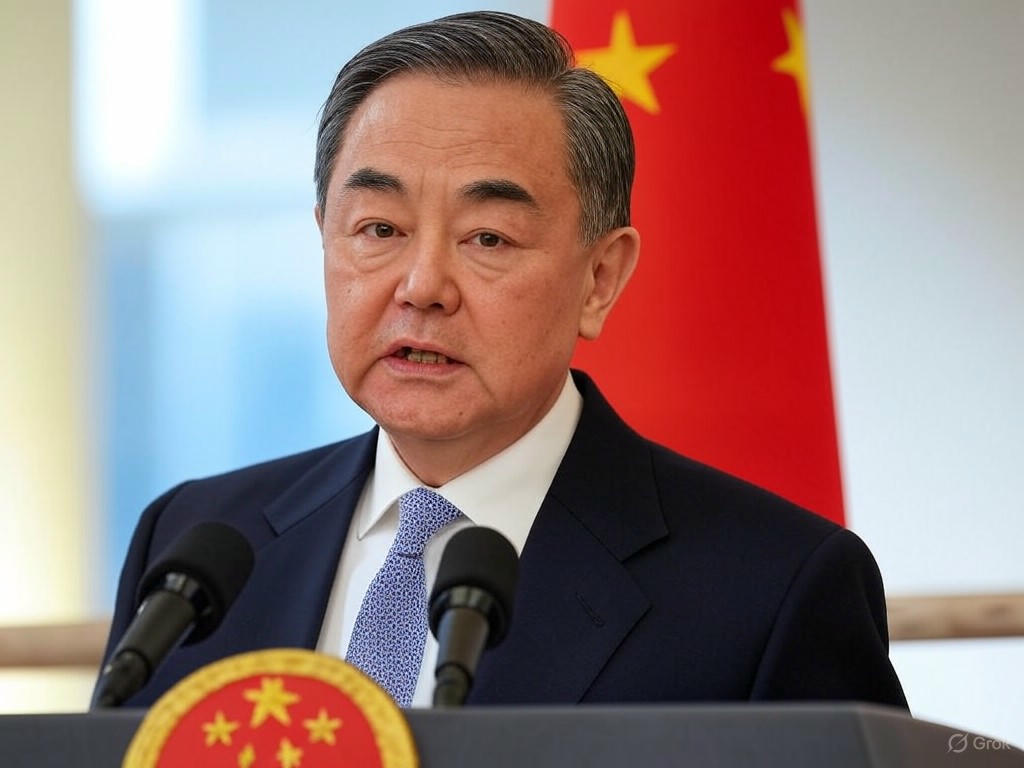China’s Strategic Move: Limiting Rare-Earth Export Licenses to Six Months
In a bold maneuver that could reshape global trade dynamics, China has introduced a six-month cap on the validity of its rare-earth export licenses. This decision, emerging from recent negotiations in London, signals Beijing’s intent to tighten control over a resource critical to industries ranging from technology to renewable energy. Rare-earth elements, essential for manufacturing everything from smartphones to electric vehicle batteries, have long been a cornerstone of China’s economic leverage. By imposing this time restriction, the nation is positioning itself to wield even greater influence in international trade discussions.
The agreement, described as tentative by sources familiar with the talks, underscores China’s strategic approach to resource management. Unlike previous policies that allowed for longer-term export agreements, this new limit forces foreign buyers to renegotiate access to these vital materials twice a year. This creates a cycle of dependency, giving Beijing a stronger hand in dictating terms during trade negotiations. Analysts suggest that this move is not just about economics but also about geopolitics, as rare-earth elements are pivotal in defense technologies and green energy solutions—sectors where global competition is intensifying. Countries heavily reliant on Chinese exports, including the United States and members of the European Union, now face heightened uncertainty in securing stable supplies.
This policy shift arrives at a time when nations worldwide are scrambling to diversify their supply chains. Rare-earth minerals are notoriously difficult to mine and process outside of China, which dominates nearly 70% of global production. Efforts to establish alternative sources in countries like Australia and Canada have been slow, hampered by environmental concerns and high costs. With this six-month license restriction, China is effectively reminding the world of its near-monopoly on these indispensable resources. Some experts warn that this could lead to price volatility, as companies rush to secure contracts within the narrow window, potentially driving up costs for manufacturers and, ultimately, consumers.
Beyond the immediate economic implications, this decision raises questions about the future of international cooperation on critical resources. Trade partners may push for more aggressive policies to counterbalance China’s dominance, such as investing in domestic mining capabilities or forming alliances to pool resources. However, such measures require time and significant capital—luxuries that many nations may not have in the short term. Meanwhile, Beijing’s latest policy could serve as a bargaining chip in broader trade discussions, allowing it to extract concessions on unrelated issues.
As the global economy grapples with this new reality, the message from China is clear: control over rare-earth elements is a powerful tool, and it intends to use it. The coming months will reveal how effectively other nations can adapt to this tightened grip. For now, the world watches as Beijing redefines the rules of engagement in a market it has long dominated, setting the stage for a new chapter in resource-driven diplomacy.


